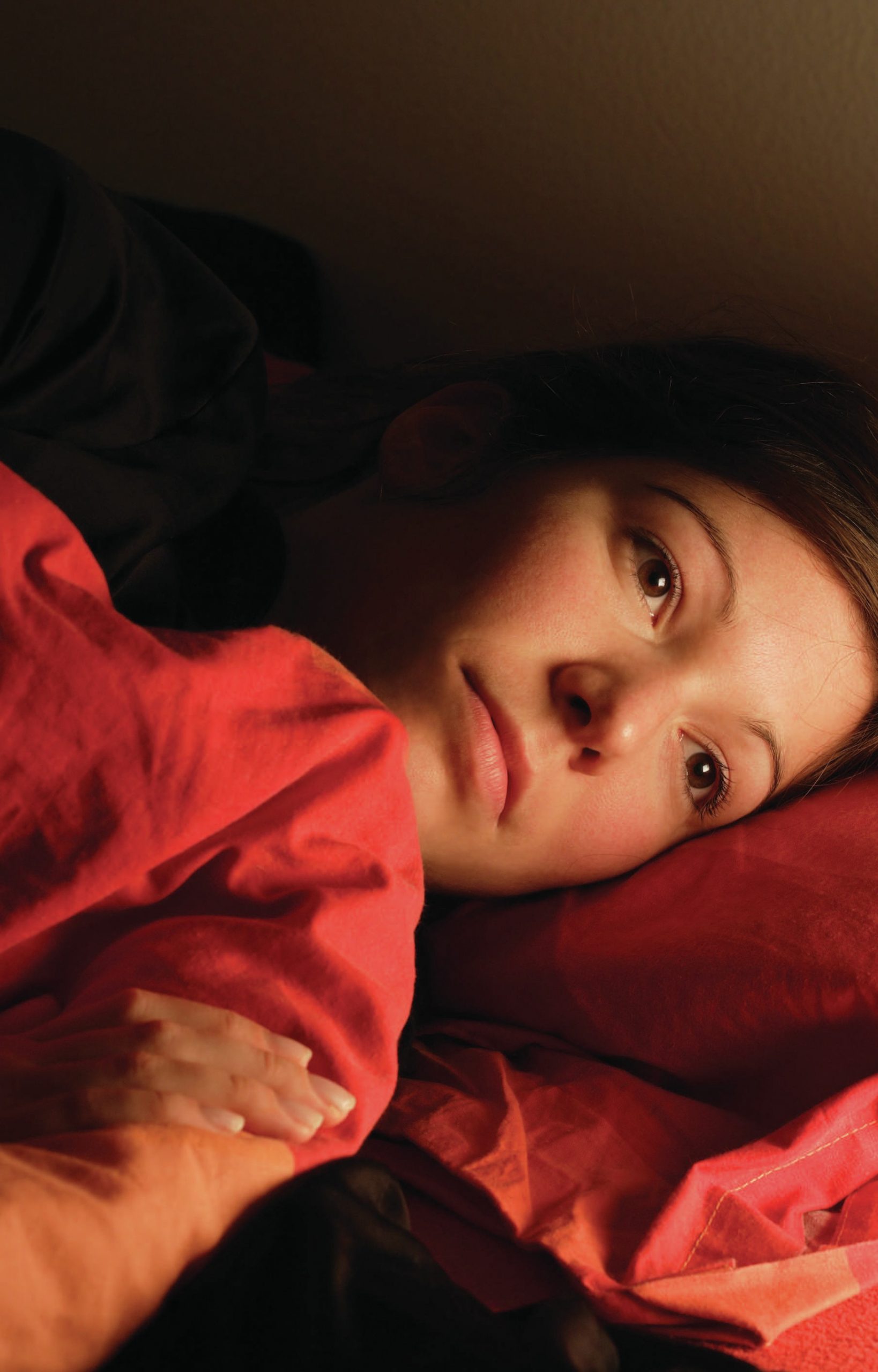
At some point, everyone experiences a sleepless night or two. While for most people, this tends to correct itself after a short time, for some, this period of sleep disruption leads to the long-term condition known as insomnia. In this article I explore what insomnia is and how common it is, and I examine some of the causes, consequences and treatments for insomnia. However, before we address insomnia, we need to know a little more about sleep and why it is important.
In humans, sleep is generally characterised by three physical signs: sitting or lying down, being quiet and having closed eyes. Although this physical inactivity has lead to the belief that sleep is a passive process, in fact period than we could possibly imagine.
Your organisation does not have access to this article.
Sign up today to give your students the edge they need to achieve their best grades with subject expertise
Subscribe




